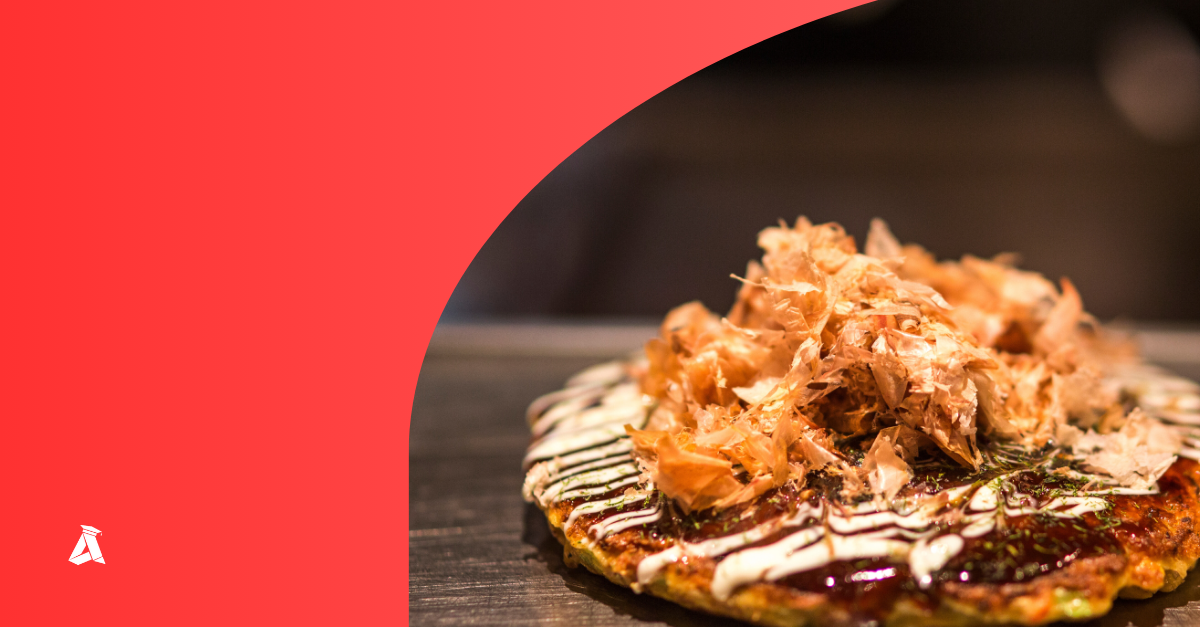Asia is a continent where food is not just sustenance, it’s a living expression of heritage, creativity, and community. For students traveling across Asia, trying local dishes is as essential as learning the language or navigating the subway. Whether it’s a late-night bite after studying or a shared meal that breaks cultural barriers, food opens doors in unexpected ways.
Below are ten student-approved dishes across Japan, Malaysia, Taiwan, and Dubai that offer an unforgettable taste of culture, some street-side, others deeply traditional, but all authentic and budget-friendly.
Malaysian Cuisines
1. Malaysia – Nasi Lemak
Often referred to as the national dish of Malaysia, nasi lemak is a fragrant rice dish cooked in coconut milk and pandan leaves. Traditionally served with sambal (chili paste), anchovies, peanuts, boiled egg, and cucumber, it’s a complete meal wrapped in banana leaves. For Malaysian students, this is comfort food, affordable, filling, and available from roadside stalls to university canteens (Akbara et al., 2021).
2. Malaysia – Char Kway Teow
This smoky stir-fried noodle dish combines flat rice noodles with prawns, egg, Chinese sausage, and bean sprouts, cooked over high heat for that signature “wok hei” (breath of the wok) aroma. It’s especially popular in Penang but widely available. Many students grab it as a quick evening meal between classes or late-night revision sessions.
Korean Cuisines
3. Korea – Tteokbokki
Few Korean students haven’t bonded over a plate of tteokbokki: chewy rice cakes simmered in a spicy-sweet gochujang sauce. Whether from street stalls near campus or convenience stores, this dish is a go-to snack. Its comforting heat and simplicity have made it a mainstay of Korean youth culture (Kwon et al., 2023).
4. Korea – Kimchi Jjigae
This kimchi-based stew is a staple in Korean student dorms. Made with aged kimchi, tofu, pork, and scallions, it’s hearty and affordable. It’s also highly customizable, students often adapt it based on what’s in their fridge. In the colder months, this spicy soup is not just food but a warm hug from home.
Japanese cuisines
5. Japan – Onigiri
At convenience stores, train stations, and university vending machines, onigiri (rice balls wrapped in seaweed) are an everyday savior. Filled with options like tuna-mayo, salmon, or pickled plum, they’re cheap, portable, and satisfying (Medhurst, 2018). For students rushing between language classes at ISI or Shibuya Gaigo Gakuin, it’s the unofficial fuel of the academically ambitious .
6. Japan – Okonomiyaki
This savory pancake, made from cabbage, flour, egg, and a mix of proteins (from pork to squid), is customizable and cooked right at your table in many casual restaurants. Students love the interactivity of flipping their own pancakes and choosing toppings like mayonnaise and bonito flakes. It’s a bonding experience and a hearty meal rolled into one.
Emirati cuisines
7. Dubai – Shawarma
While not originally Emirati, shawarma is part of the student foodscape in Dubai. Layers of spiced meat, usually chicken or beef, are shaved and wrapped in flatbread with garlic sauce and pickles (McNamee, n.d.). For international students at De Montfort or Middlesex University, shawarma stalls near campus serve as after-class havens .
8. Dubai – Al Harees
This slow-cooked dish, made with wheat, meat, and salt, is traditionally eaten during Ramadan but also found in student communities during cultural exchanges and local events. Though it takes hours to make, its simplicity and comforting taste reflect the Emirati value of hospitality and patience.
Taiwanese Cuisines
9. Taiwan – Lu Rou Fan (Braised Pork Rice)
Served in budget eateries and night markets, lu rou fan consists of minced pork belly braised in soy sauce and spices, ladled over white rice. In Taiwan, this dish is student life on a plate, cheap, fast, and available everywhere (Judy, 2021). It’s even offered in university canteens at Chinese Culture University and Fo Guang University.
10. Taiwan – Bubble Tea (Boba)
No list is complete without bubble tea. Invented in Taiwan, this chewy tapioca-filled drink isn’t just a dessert, it’s a lifestyle (Wei, 2024). Whether studying at Chinese Culture University or hanging out with classmates after midterms, students sip it in countless flavors: taro, matcha, brown sugar. Its affordability and Instagrammability make it a campus staple.
Food as a Cultural Gateway for Students
These dishes offer more than calories, they represent daily rituals, social comfort, and identity. Many students admit to feeling more at home in a foreign country once they’ve found a local dish they love. In multicultural classrooms, shared meals become shared experiences. Food often sparks the first conversations between exchange students and local classmates.
Trying local food also encourages cultural immersion. By ordering from night markets in Malaysia, slurping noodles in Japan, or participating in communal hotpot dinners in Korea, students quickly learn etiquette, language basics, and social norms.
A Classroom Beyond the Lecture Hall
Students interested in food, hospitality, and culture can deepen their understanding by choosing universities that connect theory with local practice. For example, Woosong University in Korea integrates culinary arts and global hospitality programs into its curriculum, encouraging students to study not just what to eat, but how food systems, business, and sustainability intersect in Asian cultures.
Through the Study in Asia initiative, students can explore institutions that support international learning through food immersion, field trips to traditional markets, or classes on cultural anthropology and culinary arts. From Japanese tea ceremonies at ISI, to eco-food labs in Taiwan, the region offers an edible education in every bite.
Study in Asia: Feed Your Curiosity
Every country mentioned above is more than its cuisine, it’s a classroom waiting to be explored. If you’re ready to take your education global, experience Asia’s cultural richness through its most iconic dishes, and maybe learn to make them yourself, your journey begins now.
Explore top institutions like Woosong University, INTI, Fo Guang University, and ISI through Study in Asia. Feed your future, one unforgettable dish at a time.


Leave a Reply